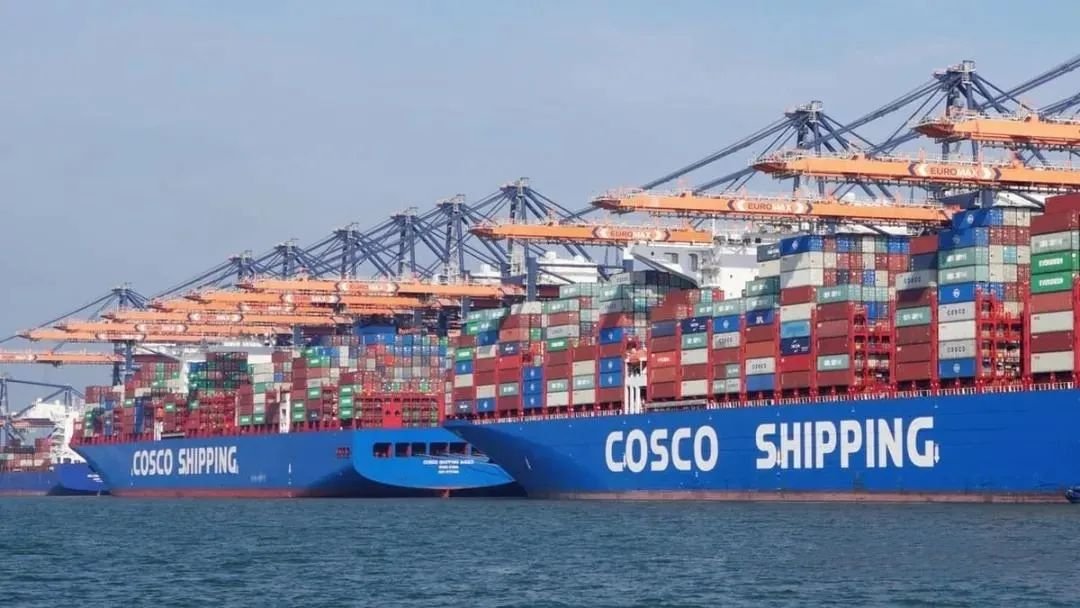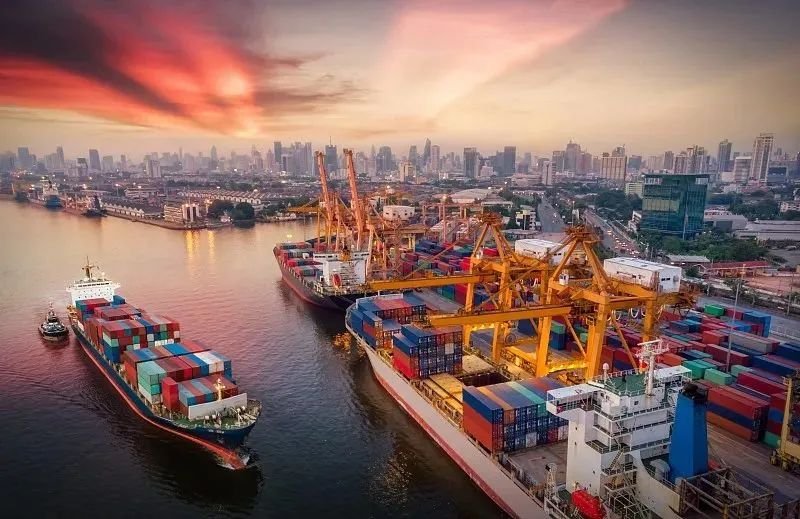Previously high sea freight rates have begun to fall, with some popular routes seeing their rates drop by more than 50 percent year-on-year, as the global logistics supply chain recovers. Industry insiders said the supercycle of shipping has ended and freight rates are expected to accelerate from the second half of the year.
According to the FBX index published by the Baltic Maritime Exchange, the average price of FBX container seaborn was $6,583 on June 29, down 40.9 per cent from its all-time high in September last year. Among them, the China/Far East - North America west coast route freight rate dropped 63.1% from last year's highest freight rate; China/Far East - East Coast of North America freight fell 54.6% from last year's peak; The China/Far East-Nordic route is down 29.4 per cent from its all-time high in January and 26.6 per cent from last year's peak.

"It is true that there are some cases where shippers negotiate with shipping companies to revise the long agreement price, but very few shipping companies reduce the price." An official of a domestic shipping company told the China Securities Journal, "Unlesdrops significantly, we will consider cutting prices and taking more orders. But the current loading rate is still at normal levels, reducing prices is s the loading rate illogical. The Christmas stocking period will begin in the third quarter, and capacity will be tight again."
Freight rates fell, and some shipping companies began to cancel sailings to reduce losses. According to new data released on July 1st by Drury, a shipping consultancy, the world's three largest shipping alliances cancelled a combined 61 sailings in the next five weeks (27-31). Among them, 2M Alliance and THE Alliance cancelled THE most flights, with 23 flights respectively. Ocean Alliance cancels 15 sailings.
Of these, 86 out of a total of 760 scheduled sailings on major routes such as trans-Pacific, trans-Atlantic, Asia-Northern Europe and Asia-Mediterranean were cancelled between week 27 and 31, representing a cancellation rate of 11%.
Drury doesn't expect spot rates to collapse because airlines will tighten and adjust their availability to reduce volatility in spot rates. Over the next year, shipping lines will have to deal with weak spot rates falling below contract rates.

The decline in freight demand and the resumption of logistics are the main reasons for the lower sea freight rates.
"Last year, due to the severe impact of the epidemic, there were many waves of buying up supplies overseas, and major retail supermarkets also stepped up stocking, resulting in inventory overstocking. New orders are down 30% to 60% on average this year." Nanjing a foreign trade company sales manager Chen he said.
Data show that as of May 8, the INVENTORY of Costco, a US retail supermarket, reached 17.623 billion US dollars, up 26% year on year, as many as hundreds of millions of dollars of goods were the inventory of last year's peak consumption season. In addition, Inventory at Macy's rose 17% from last year, and inventory at Wal-Mart's fulfillment centers rose 32%.